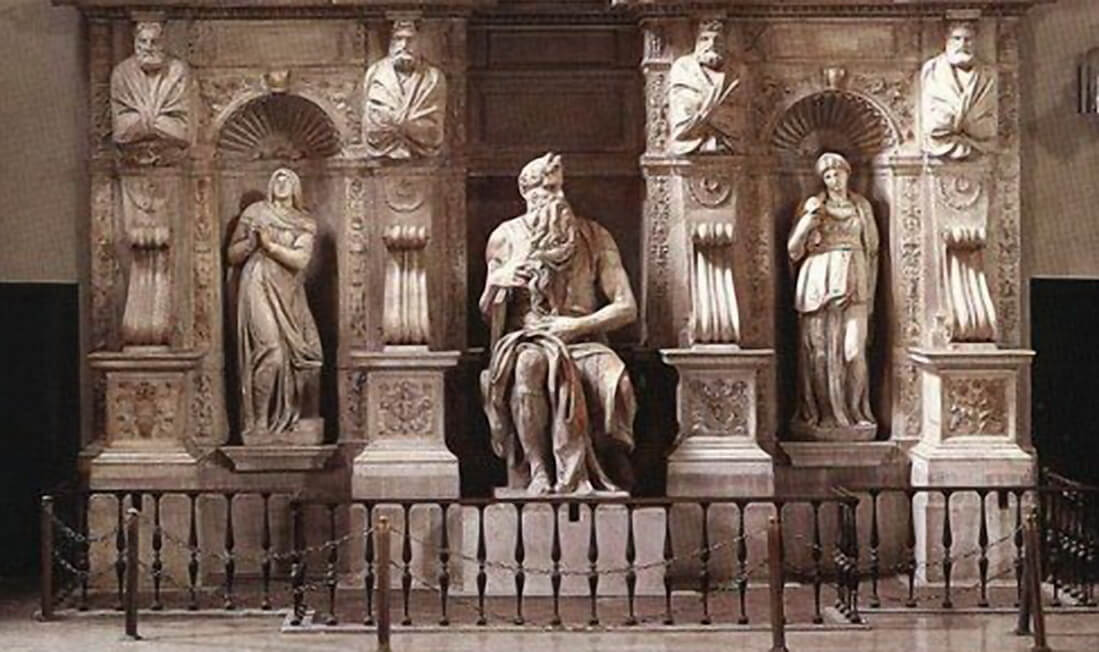
MICHELANGELO AND JULIUS II’S TOMB
For sure with this piece I’m becoming a blogger and I will try to arouse the curiosity of those who do not belong to this trade, but love to read about one the more ancient material, part of the human history ever since: the marble.
I will not describe too many details, I will tell you stories, curiosities and anecdotesbelonging to this theme, as this for me is a fascinating world worth of being discovered.
Without any obligation of precision, I would like to start romanticizing a curiosity about the life of the Renaissance’s Sculptor par excellence, Michelangelo Buonarroti. Much has been said and written about him, doubtless still during his life he has been a milestone of art.
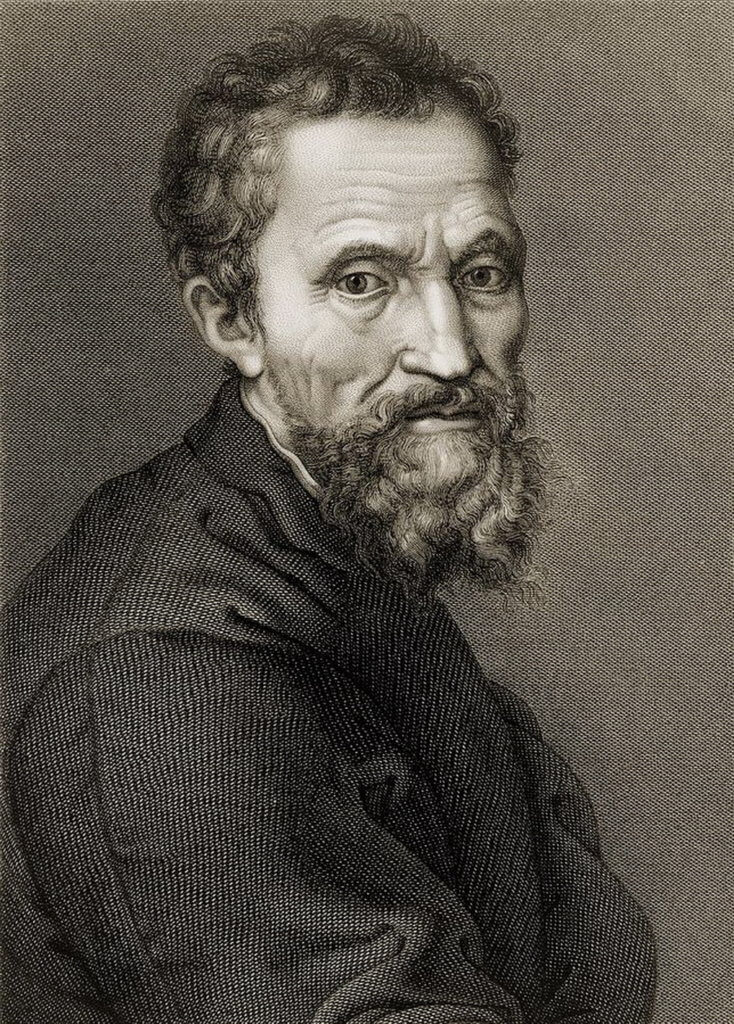
Michelangelo Buonarroti
In 1505, Pope Julius II called him in Rome, from that moment on, until the death of the Pope their relationship was characterized by resentments, disagreements, arguments, discussions and even furious altercations but they definitely had respect for each other’s abilities.
So, he was called to fulfil the project of creating a monumental mausoleum for the Pope himself, they shortly found an agreement and once Michelangelo received a substantial down payment, he went to Carrara to choose personally every single piece of the Statuario marble for the work. He stayed there for eight months to choose the more appropriate marbles, an eternity even in those days, but Buonarroti was a fussy perfectionist.
Once he came back to Rome, he found a hostile atmosphere stirred up by the court artists, principally by the Bramante. Only few would have accepted the idea of a good job pinched away, even if our thirty years young man from Florence was already famous for his Pietà and for the amazing David, completed only one year before. So much was done during those months by the Vatican courtiers, that all the attention of the Pope was focused on the conversion of the Constantinian basilica of St. Peter in what would have become the symbol of Christianity as we know it today.
Michelangelo had the strong desire to start the work at the best and tried to show his drawings to discuss how to proceed with the realisation, he was not even received by the Pope, who paid no attention to his requests, postponing any discussion and decision to future moments. The great sculptor, with wounded pride for being ignored and intimidated, decided suddenly to leave Rome and went back to his Florence. Once informed about his departure, the Pope ordered his couriers to follow him and to oblige him to come back, our artist didn’t want to listen to reason and stayed in his city. Julius II took it badly, so far that he fears the thread of war to the Lordship of Florence in case Michelangelo didn’t came back to Rome.
After the umpteenth prayer of his most illustrious fellow citizens, he finally accepted to meet the Pope in the near city of Bologna where they had the chance to reconcile, even if the realisation of the monument was suspended. A few years later, although Michelangelo was not a painter, he used to say he was just a sculptor lent to painting, he was commissioned by the Pope the fresco of the Sistine Chapel, perhaps to compensate for the delayed creation of the mausoleum, but that’s another story.
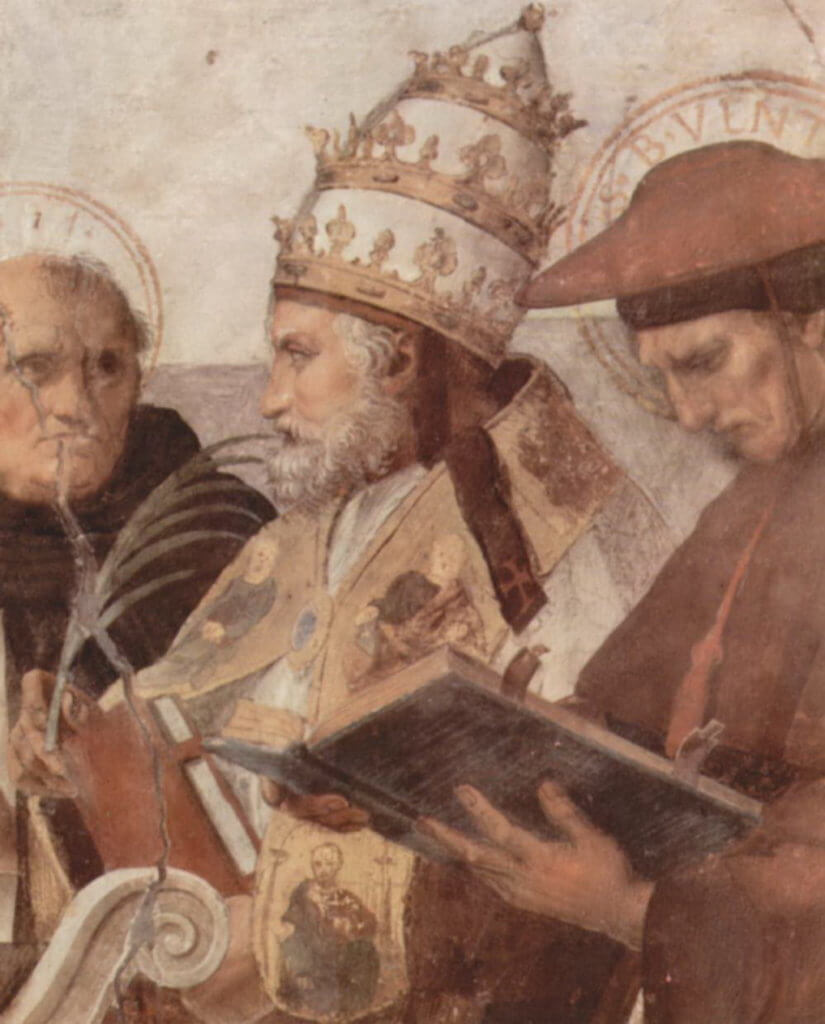
Pope Julius II
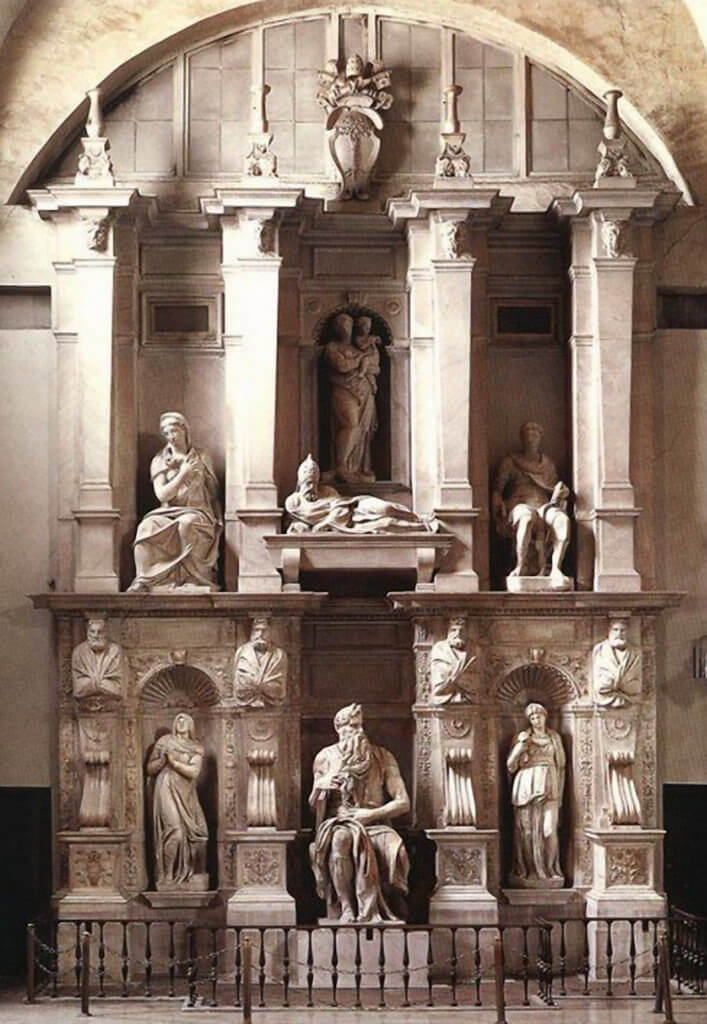
Pope Julius II tomb
Pope Julius II died in 1513, but Michelangelo kept deep down in his heart the desire, moreover than the moral obligation because of the advanced payment he received, of fulfilling that monument. This idea became soon an obsession: six different projects, unfinished statues like the Prisoners, uncountable rough outlines are all part of the studies he made over the years, facing countless difficulties worthy alone of a good novel.
Started from a huge project of a mausoleum with fortyseven sculptures for the Vatican Basilica of St. Peter, in 1542 he began his work with only seven statues, of which he probably completed in person only two, housed today in a side transept of the church of St. Peter in Vincoli. In 1545 he finished this creation with one of his master pieces, the Moses, an older creation that he finished for this occasion but commissioned by Pope Julius II before his death.
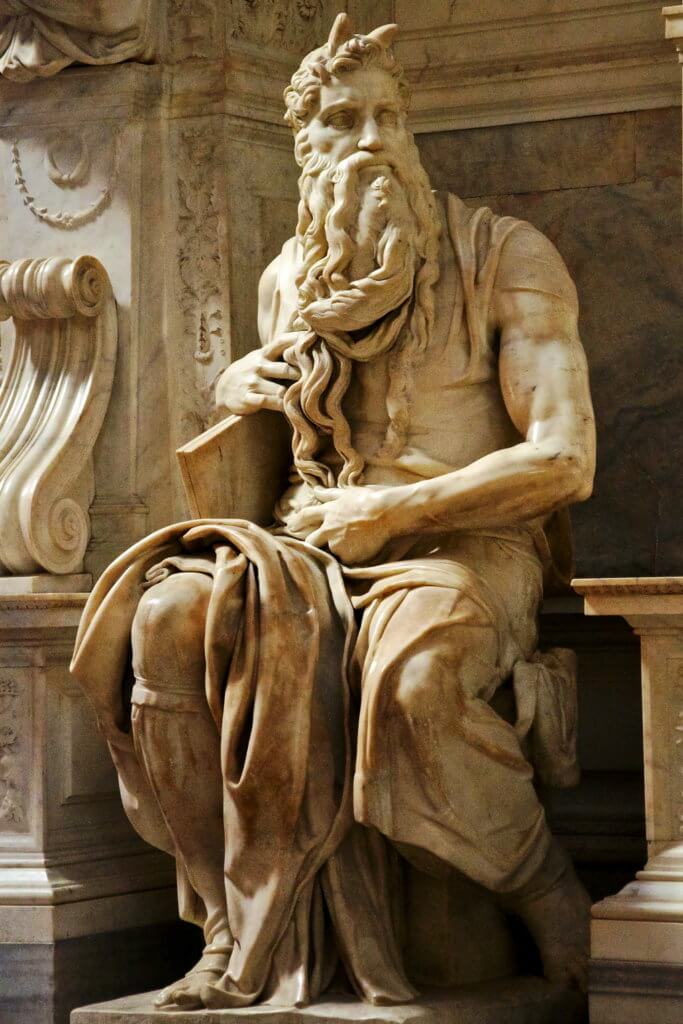
Moses
The Odyssey of Michelangelo, from the very beginning till the end, was a forty year long trip!
Sculpture, for those how practice it, is a disease of the soul, the only cure is to realize what you imagined.
Editor’s note
I have written this article to offer you some general information, without contractual value.
This article contains general information. For questions and curiosities leave a comment below. If you wish to be contacted, please fill out the form.




Lars Brask-Jensen
14 September 2020 at 8:50Great!!!
I love it he is a polyhistor .
In the quote the word “who ‘ has become “how’.
With respect
Arte 2000 - Paola
29 October 2020 at 18:13Many thanks Lars! Yes, he was a genius, a big genius!
Brigitte Tibau
20 February 2023 at 15:47Thank You for Your explanation about this divine Masterpiece
Arte 2000 - Paola
20 February 2023 at 18:50it’s a pleasure Brigitte, thank you for appreciating